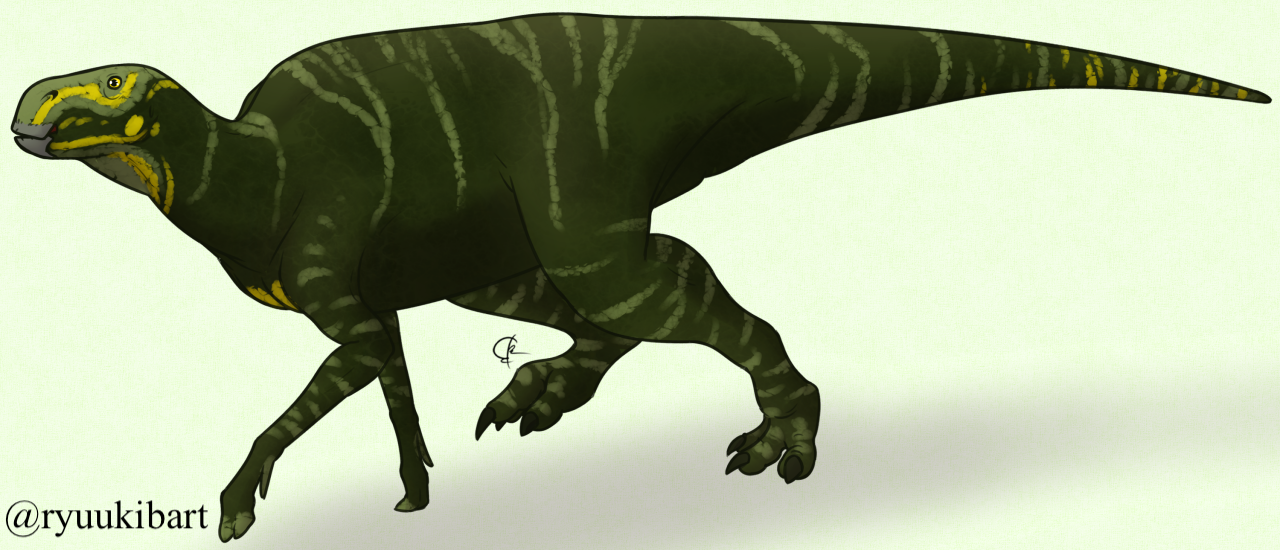Welcome to Acristavus

Name Definition
Non-crested grandfather
Name Given By
Gates et al., 2011
Location
Two Medicine Formation of Montana and Wahweap Formation of Utah, U.S
Classification
Dinosauria, Ornithischia, Ornithopoda, Hadrosauridae, Saurolophinae, Brachylophosaurini
Size
about 2 meters, 8.5 meters long, 2.5 tons
Temporal Range
Campanian stage of the late Cretaceous, around 79 million years ago
Ecological niche
average herbivore
Species/Sub Species
A. gagslarsoni
Diet
Acristavus may have consumed plants on higher leaves possibly like most other hadrosaurs since its body wasn’t super well adapted to grazing
Introduction
Acristavus is a genus of saurolophine hadrosaurs that lived in North America during the late Cretaceous epoch. Unlike many of its relatives, Acristavus had no head ornamentation. Many hadrosaurs had head crests that would easily help scientists distinguish them from other hadrosaurs such as the axe crested Olorotitan. Because of this, Acristavus is believed to have been a member of a different tribe called the Brachylophosaurini which contains many non-crested hadrosaurs such as Brachylophosaurus and Maiasaura. The discovery of Acristavus is rather significant, as it shows that the ancestor of the all hadrosaurids probably did not possess an ornamental crest, and that the ornamental crest is thought to have been a trait that was acquired interdependently in the hadrosaurid subfamilies Saurolophinae and Lambeosaurinae.
At the time Acristavus lived which is around 79 million years ago, the Western Interior Seaway was at its widest extent, and southern Laramidia (Laramidia is the western landmass when the Western Interior Seaway split North America in half) was almost completely cut off from the rest of North America. During this time in Utah, dinosaurs like Acristavus probably lived in habitats with lakes, floodplains, and rivers flowing east. The presence of rapid sedimentation in the Wahweap Formation rocks show that Acristavus probably lived in a wet and seasonal climate. Acristavus shared its environment with another lambeosaurine called Adelolophus, the ceratopsian Diabloceratops, undetermined ankylosaurs and pachycephalosaurs, the tyrannosaurid Lythronax which was most likely the apex predator of this ecosystem, as well as many species of fish, mammals, and reptiles.